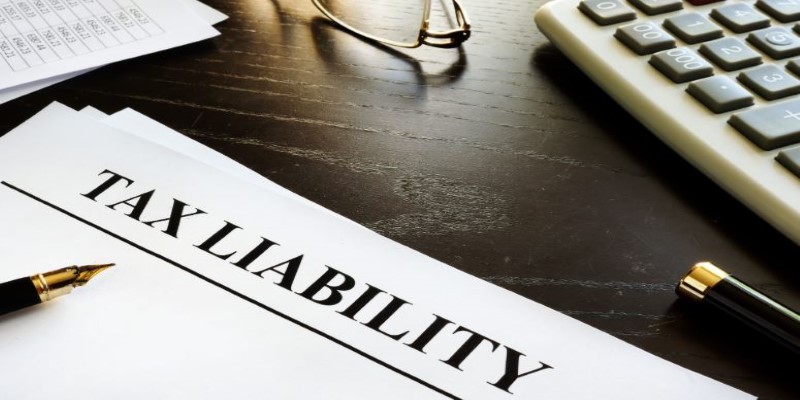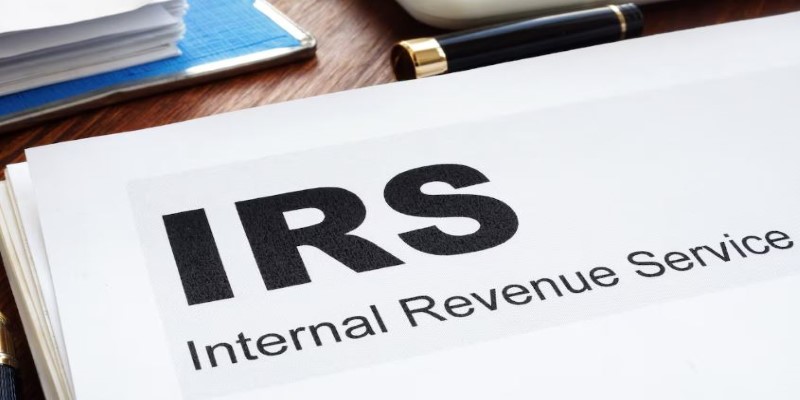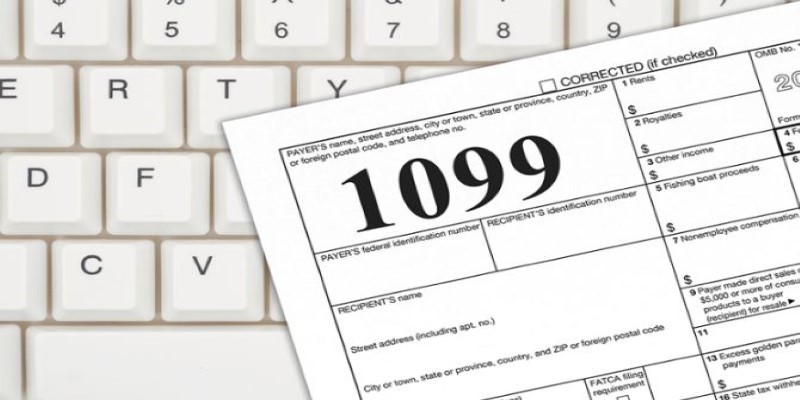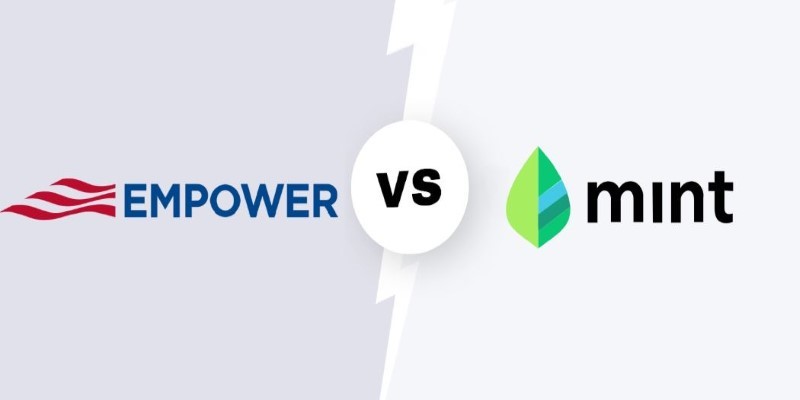Managing taxes as a self-employed professional can feel overwhelming, especially when you're unsure how much to set aside. Unlike traditional employees who have taxes automatically withheld from their paychecks, freelancers, independent contractors, and gig workers must handle their tax payments. If you don't plan, tax season can bring unwanted surprises.
The best news? With the correct strategy, you can remain in control of your 1099 tax obligations and steer clear of last-minute chaos. This guide dissects all you need to know about putting aside money for 1099 taxes so you're financially ready when it comes time to pay.
Understanding 1099 Taxes
If you are self-employed, a freelancer, or an independent contractor, you will get a 1099 form rather than a W-2. That implies that you pay your taxes, including income tax and self-employment tax, without withholdings from an employer.
Self-employment tax amounts to 15.3% of your net income, covering Social Security (12.4%) and Medicare (2.9%). If your earnings exceed a certain threshold, you'll also owe an extra 0.9% Medicare tax. On top of that, income taxes apply based on your tax bracket, increasing your overall tax responsibility.
As opposed to regular employees, whose wages are taxed by their employers, 1099 workers need to budget so they can have a sufficient amount for tax payments. Not doing this can result in financial hardship or penalties. Through knowledge of such tax requirements and saving accordingly, you can steer clear of shock and remain financially ready when it is time for taxes.
How Much Should You Save for 1099 Taxes?
The answer to how much you should save for 1099 taxes depends on your income and tax bracket. A good rule of thumb is to save at least 25% to 30% of your gross income for taxes. This should cover both your self-employment taxes and your income taxes. However, the actual amount you should save may vary depending on factors like:
Your Tax Bracket: The higher your income, the higher the percentage you will need to set aside. For example, if you earn a higher income, your effective tax rate will increase, which means you should save more.
Business Deductions: As a self-employed individual, you can deduct business expenses like office supplies, internet bills, and travel costs from taxable income, reducing your tax liability and the percentage you need to save.

State Taxes: Your state may impose its taxes on top of federal taxes, which can increase the amount you need to save. Make sure to research your state's tax laws to factor that into your savings.
For example, if you earn $50,000 as a freelancer, setting aside 30% for taxes would mean saving $15,000. However, after applying any deductions, your actual tax liability may be lower, allowing you to save less. This is why it’s important to keep track of your expenses and consult with a tax professional if necessary.
How to Calculate Your Tax Savings?
One of the best ways to ensure you're saving enough is to track your income and expenses throughout the year. If you don’t know exactly how much you’re going to owe, it’s better to over-save than under-save. Here’s a simple approach to help you calculate how much to set aside:
Track Your Gross Income: Add up all the money you make in a year from freelancing, contracts, or your business.
Estimate Your Business Expenses: Subtract the expected business expenses. Depending on your line of work, this can include everything from your home office expenses to professional fees.
Apply Self-Employment Tax: You’ll need to pay 15.3% of your net income (gross income minus expenses). To calculate this, simply multiply your net income by 15.3%.
Estimate Income Tax: The amount of income tax you owe will depend on your tax bracket. You can use an online tax calculator or consult with a tax professional to figure out your potential income tax liability.
Total Your Tax Savings: Once you have the self-employment tax and income tax estimates, add them together to determine how much you should save in total.
For instance, if your net income after expenses is $40,000, your self-employment tax would be approximately $6,120 (15.3% of $40,000). If you're in the 22% tax bracket, you would owe another $8,800 in income taxes. This would mean you need to save $14,920 (or around 37% of your net income) to cover both self-employment and income taxes.
Paying Quarterly Estimated Taxes
One of the major differences between being employed and self-employed is the frequency of tax payments. As a freelancer or contractor, you are required to make estimated tax payments every quarter. These payments are due in April, June, September, and January of the following year.

To avoid penalties, it’s important to make these payments on time. The IRS requires that you pay at least 90% of your total tax bill throughout the year in quarterly payments, or else you may face a penalty. You can easily calculate and pay your estimated taxes using the IRS's online payment portal or by filling out Form 1040-ES.
Quarterly payments can help you avoid a big tax bill at the end of the year. By saving 25% to 30% of your income and making quarterly payments, you can stay on top of your tax obligations without the stress of a large lump sum payment when tax season rolls around.
Conclusion
Managing your 1099 taxes doesn’t have to be complicated, but it does require planning and discipline. By setting aside 25% to 30% of your gross income for taxes, tracking your income and expenses, and paying quarterly estimated taxes, you can avoid the stress of a big tax bill at the end of the year. Understanding your tax obligations and consistently saving for them ensures you’re always prepared. Whether you’re a freelancer, contractor, or small business owner, staying on top of your 1099 taxes is an essential part of managing your finances and ensuring long-term financial stability.












